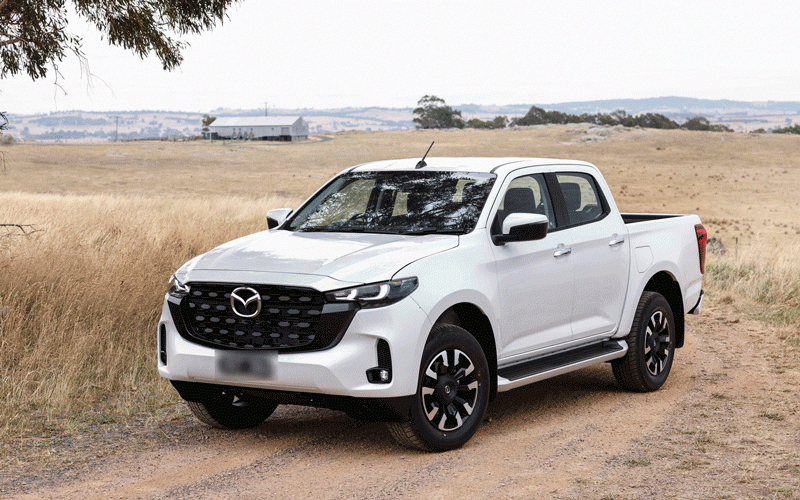
KEEPING the cost of doing business down in the current business environment is akin to climbing a near-vertical mountain.
Today, the pressure to save costs is unlike any in recent history. Having a clear understanding of the costs of doing business is one thing. Knowing how to manage the costs is equally important as knowing the costs.
Traditionally, supply chain practitioners have always relied on the total landed cost in calculating the end-to-end costs associated with producing a finished product.
However, the total landed cost does not go far enough in capturing the full cost of doing business because apparently supply chain costs do not end at the warehouse. They accumulate up to the doorstep of the customer and beyond.
In times past, there was often a tendency for organisations to critically focus on the supply side expenditure levels, concentrating on the reduction of procurement related costs only.
But supply chain practitioners are slowly beginning to realise the significance of an end-to-end critical analysis of cost structures.
There is need to understand costs beyond the gross margin level and having a clear understanding of how the costs of business at the tail end of the supply chain can impact on profitability.
Yes, growth of sales in any business is regarded as a eureka moment. But there is no point in celebrating the growth of sales or increase in market share, which does not result in a corresponding growth in profitable sales.
- Abwa commissions milk plant
- In the groove: Has inflation hit the music markets?
- Zimbos snub Zec voter registration programme
- Business opinion: Brand customisation
Keep Reading
It must be remembered that revenue growth and increasing customer order volumes does not always translate to equivalent growth in profit.
Cost to serve analysis is, therefore, a means to sound and solid profitability. After all, we know that there is no other metric that is more important to a business organisation than its profitability.
Most supply chain experts point to profitability as the most decisive metric in business.
Sales and marketing personnel, working in cahoots with supply chain professionals are fully aware that increased sales are very important to any business, but so is profitability.
With the cost to serve model, the emphasis is not so much on an indiscriminate increase in customer numbers. Sales growth and increasing order volumes do not always translate into profits.
It is not about doing more – it is about doing things differently. The focus should be on acquiring those customers that are likely to bring high-value orders that are profitable in real terms.
Cost to serve analysis is slowly becoming the default measurement for profitability in supply chain. The model attempts to uncover the greater context into how supply chain decisions affect the bottom-line, giving supply chain practitioners the opportunity to develop action plans to address underlying issues that promote profitability levels.
The true net profitability for each product or product category will be easily identifiable.
In times past, supply chain professionals would often use metrics, such as cost as a % of sales or logistics cost per unit for cost apportionment, but such variables do not adequately allocate costs to customers or products.
With the cost to serve model, various activities required as a build-up to costs by customer, customer group, geography, product or product group are taken into consideration.
This will assist supply chain practitioners to identify unprofitable products or customers, avoiding potential problems where more sales volumes may actually create bigger losses in the process.
The model allows supply chain professionals to assess which customers and product lines are in the green and those in the red.
Without cost to serve, it may be very difficult to understand where the business is making money and or where they are losing money.
The cost to serve model can be relied upon as a blueprint to achieve step-change improvements in supply chain performance across the product portfolio. In short, at its core, cost-to-serve is an application of activity-based costing.
We all know that customers are critical for the success of every business. But it does not necessarily follow that the so-called loyal customers are profitable customers.
The reality could easily be the exact opposite. Sometimes loyal customers can come at a high cost. It is common knowledge that there is always a small clique of customers, who are known for demanding special treatment and making unreasonable costly requests all the time.
Others could be well-known for placing small orders frequently at short notice. It may appear as if they are promoting the business at every turn of the handle but what do they do?
They typically have a serious impact on your inventory and handling costs. The frequency of small orders will inevitably incur high administration costs and such inconsistent customer behaviour can also seriously impact on the forecast accuracy of supply chain practitioners.
There are also those customers, who are equally known for bringing back frequent returns and unwarranted delivery changes, which incidentally impacts heavily on handling expenses and in some cases may lead to unnecessary restocking expenses.
Customers who are potential perennial loss contributors do not end there. There are also those customers, who are notorious for demanding multiple after sales support. The time taken to service them, and the administration costs associated with their upkeep nibbles away profit from the bottom line.
They are a cost to the business. They could easily turn out to be a serious burden on profitability.
It is important for supply chain professionals to generate a readiness to call into question such kind of retrogressive steps in pursuit of profitability.
In some cases, we bother too much about service levels, yet customers may be happy with a lower grade of service, meaning that supply chains could be eroding profit by unnecessarily overserving certain customer segments.
The cost to serve model will also assist businesspeople to identify and separate those customers that can be classified as winners and must be ring-fenced against competition while at the same time getting rid of those that are a liability to the business.
The model will also assist the organisation in transforming unprofitable customers into profitable ones in cases where there is great potential.
The cost to serve model can easily mean the difference between success and failure or between profitability and loss-making positions and or any other positions in between.
Because the dynamics of demand, supply and profitability change frequently, particularly in today’s fluid business environment, supply chain practitioners are advocating that cost to serve business models must be institutionalised and performed on a standard cadence.
Distribution is key to the cost to serve analysis model. In doing your cost to serve analysis, it may be very important to analyse the channels of distribution that are utilised to reach out to various customer segments.
Omni channels have significantly transformed the retail landscape, which has got a significant effect on the cost to serve profiling. It would appear new digital channels are being credited for driving sales numbers.
It follows that as the channel numbers increase, there is an off-chance possibility of reaching out to many customers.
But the omnichannel distribution network could easily be a source of a higher cost-to-service distribution network.
This may unfortunately fly in the face of accepted wisdom that such a strategy enhances profitability all the time. It may run counter to that popular belief if cost to serve analysis is carried out.
- Nyika is a supply chain practitioner based in Harare. — [email protected]











